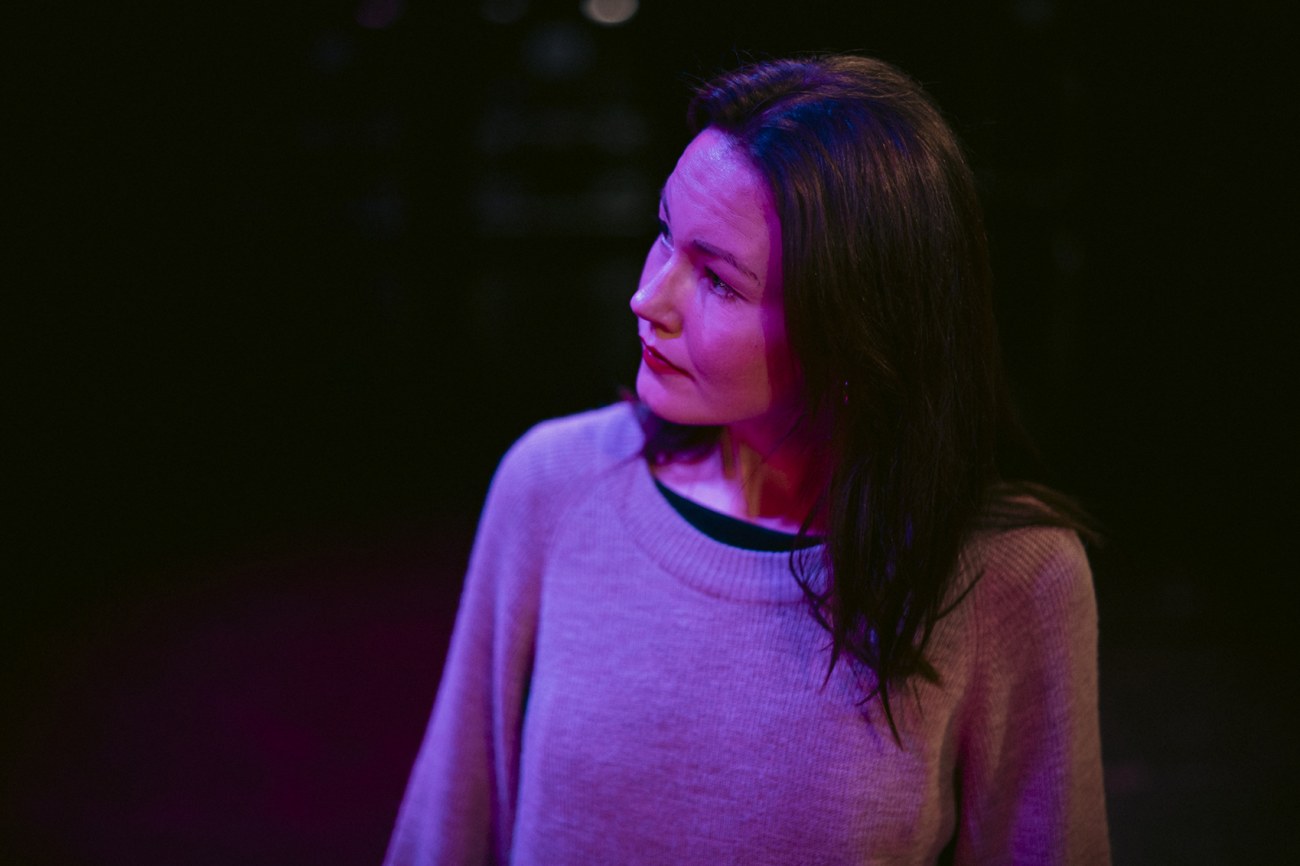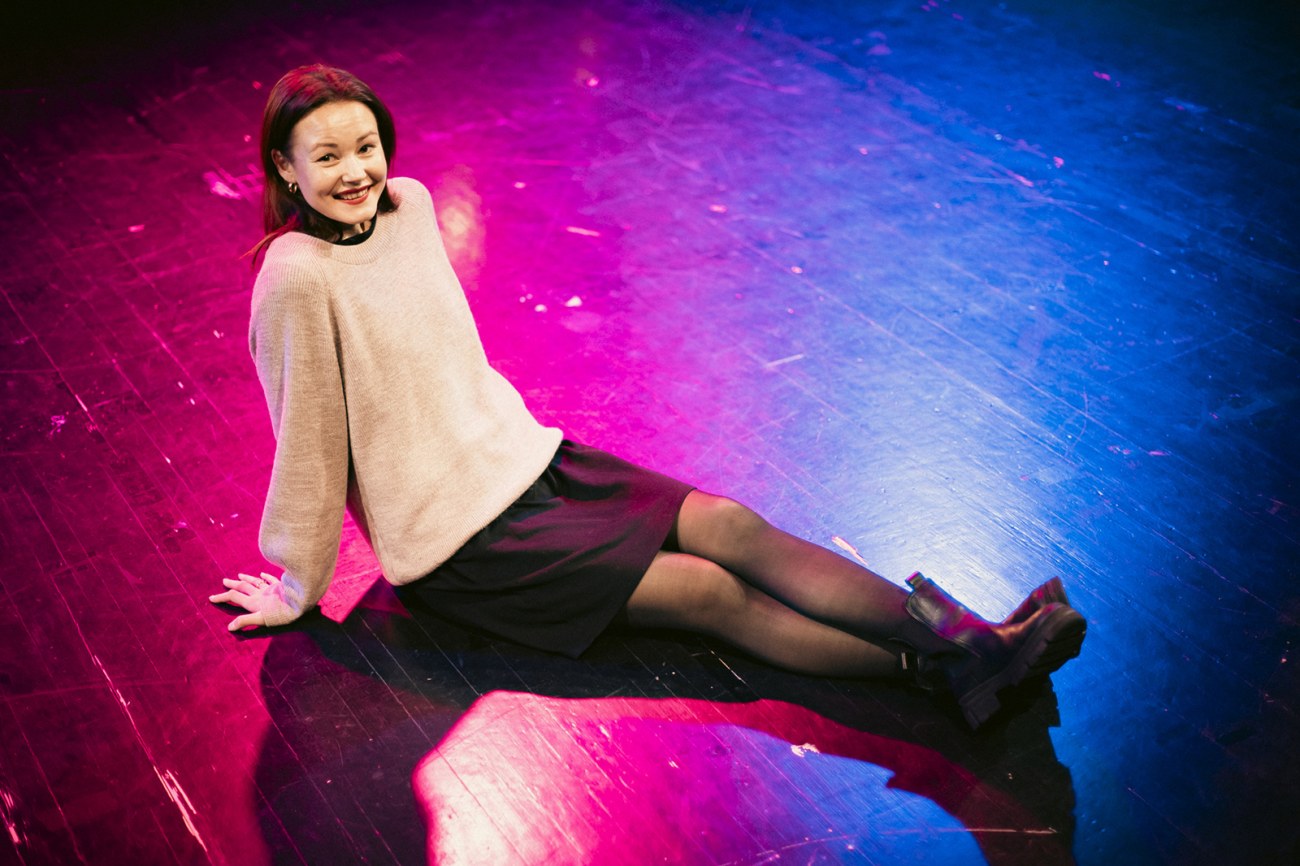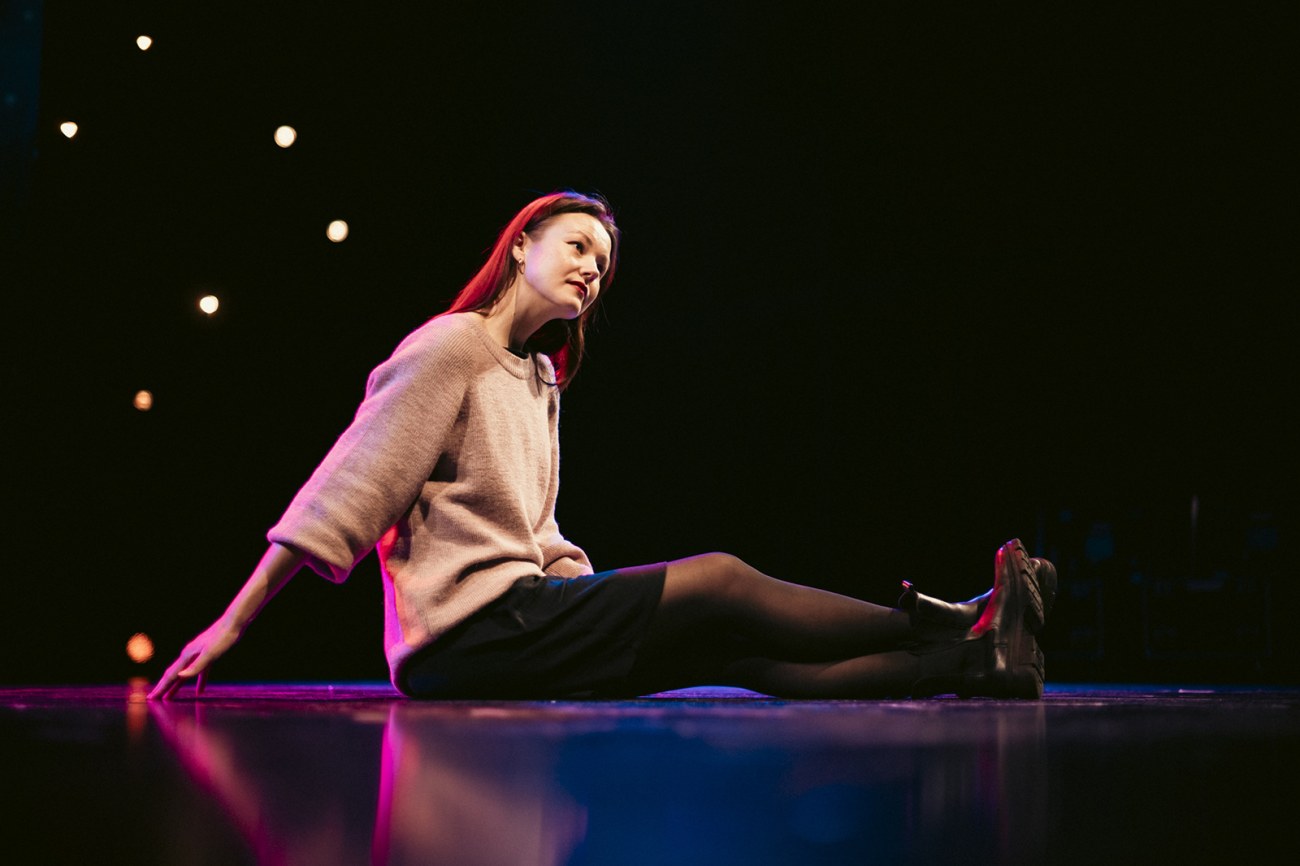Ninja Kajas brings the human touch to cutting-edge technology

Born and raised in Helsinki, Kajas, 36, never anticipated that her path would lead her to the forefront of affective computing and touch technology.
"When I was little, I was convinced that I would grow up to be anything but an engineer," she recalls. Her father was an engineer, and to her young mind, "at the time the job seemed very boring."
Yet, life had other plans. A serendipitous encounter at Micronova, Finland's national research infrastructure for micro and nanotechnology, where she was introduced to nanotechnology, ignited a passion for material science that she hadn't anticipated.
"It lit a spark in me for material science, and I’m very happy with how things have turned out so far."
Today, Kajas is immersed in research that could fundamentally alter how we interact with machines. At the heart of her work is the sense of touch, which she considers the most interesting of all our senses.
"It’s the first sense we have, and it’s crucial for our survival," Kajas explains.
The idea of mimicking this sense in technology fascinates her, and she’s not alone. Under the guidance of three distinguished professors – Matti Mäntysalo, Veikko Surakka, and Leena Ukkonen – Kajas is exploring how to replicate touch in a way that can be integrated into various technologies, from robotics to medical devices.
As a doctoral researcher at Tampere University, Kajas is part of the groundbreaking CONVERGENCE of Humans and Machines project – a multidisciplinary initiative pushing the boundaries of how we think about and interact with technology.
A typical day for Kajas involves delving into a mix of research articles, laboratory work, and intellectual exchange with her colleagues.
"On a good day, I have very fascinating and random conversations with my colleagues, sometimes related to science and sometimes not," she shares.
These interactions are vital, feeding into the creative and collaborative spirit that the CONVERGENCE project fosters. Kajas is particularly appreciative of the multidisciplinary environment, which brings together experts from different fields to tackle complex challenges.

In research, as well as in life, I think it’s an asset to have discussions between people who come from different backgrounds and don’t think in similar ways.
Ninja Kajas
Explaining her research to those outside the field can be a challenge, but Kajas simplifies it:
"I tell them that I’m trying to mimic the sense of touch." She adds, "If I tell them the headline of my thesis, they usually freak out and stop asking more questions."
This simplification, however, belies the complexity and potential of her work. The real-world applications of Kajas's research could be transformative. Imagine a world where a device allows you to remotely hug a loved one, or where premature babies can feel a comforting touch while in isolation. These ideas, while futuristic, are grounded in the practical and empathetic possibilities of Kajas’s work.
Despite the ambitious scope of her research, Kajas remains humble about her contributions.
"My work is a drop in the ocean," she says, though she recognises that even small contributions can create waves of impact.
Her vision for the future of human-machine interaction is cautiously optimistic.
"I hope we get used to the idea of interacting with machines and find ways to improve wellbeing through this interaction."
 Photo: Antti Yrjönen
Photo: Antti YrjönenEach CONVERGENCE doctoral researcher has two main supervisors. The main supervisors of Kajas are Matti Mäntysalo ja Veikko Surakka (Faculty of Information Technology and Communication Sciences), and the other supervisor is Leena Ukkonen, (Faculty of Medicine and Health Technology).

This series of articles introduces the doctoral researchers of the CONVERGENCE project at Tampere University, an initiative blending natural sciences and engineering with social sciences and humanities. CONVERGENCE aims to bridge the gap between technology and humanity, exploring areas like affective computing, augmented reality, and AI. You can read more on the project website.
Funded by the Jane and Aatos Erkko Foundation.
Text and photos by Antti Yrjönen
Stage and lights by Carlos Portilla Lopez
Venue: Teatterimonttu, Tampere University, City Centre Campus
Contact person
Ninja Kajas
Doctoral Researcher Ninja Kajas
Ninja KajasAuthor: Antti Yrjönen















